The New Year brings bad news for potential EV buyers as only a handful of models now qualify for federal tax credits of up to $7,500. That’s because of new requirements covering the sourcing of batteries and raw materials like lithium and cobalt. Among the brands impacted are Tesla, Nissan, General Motors and Ford. And analysts worry this could further slow growth of EV sales.
When Congress passed the Inflation Reduction Act in August 2022 a key goal was to boost demand for battery-electric vehicles. But to get the measure approved, Democrats agreed to new limits on both which vehicles qualified for up to $7,500 in federal tax credits, and which buyers.
The impact of those changes will be felt by those looking for a new EV this year. As of January 1, a number of products from Tesla, Nissan, General Motors and Ford no longer qualify for the federal incentives, largely due to their use of Chinese-sourced batteries, battery components and raw materials.
There are still products for which EV tax credits are available, “but it’s a much smaller list than two days ago,” said Sam Abuelsamid, principal auto analyst for Guidehouse Insights. And that will have “some impact” on sales of battery-electric vehicles that already began losing momentum in 2023.
What’s changed?
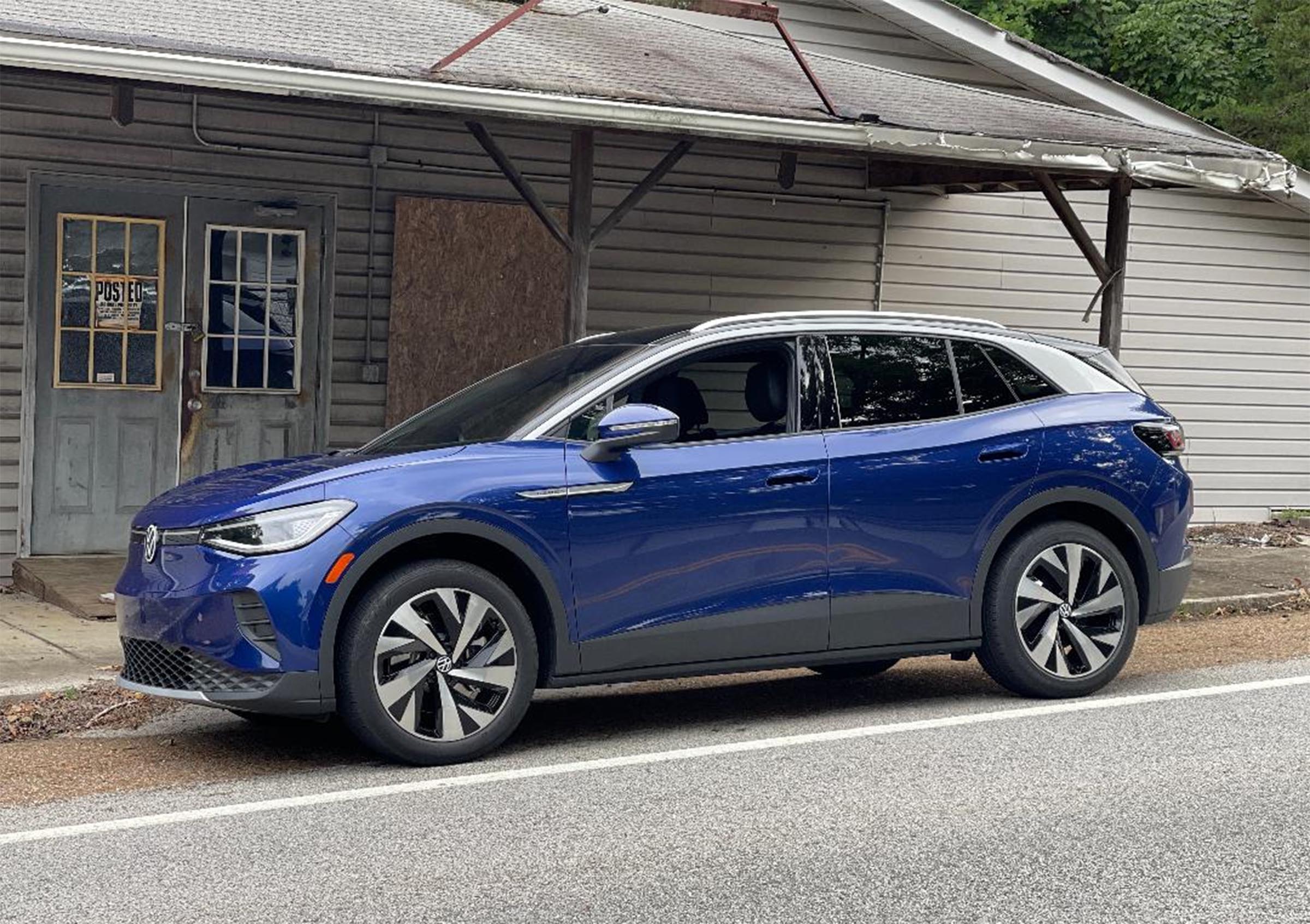
Volkswagen hopes to make changes to comply with the sourcing rules and get back on the fed’s list this year.
All told the number of all-electric and plug-in hybrid models that qualify for incentives dropped from 43 to just 19 at the start of this year – though some automakers are hoping to make changes to get their vehicles in order to get relisted.
Under the IRA, a number of caps were put in place, including restrictions on both the price of an EV, as well as the income of buyers. But the guidelines that changed this year cover sourcing of batteries, battery components and critical raw materials. The goal is to restrict their sourcing from a “foreign entity of concern,” such as China.
In 2023, 40% of a battery pack’s critical minerals had to come from the U.S. or a list of approved trade partners. That jumps to 50% as of January 1, 2024, annually rising until reaching a 70% target by 2027. When it comes to other battery components, the minimum threshold was 50% last year, climbing to 60% in 2024. And, by 2029 it will reach 100%.
More EV news
- Over 40 new EV models debut this year
- Here are the new EVs coming in 2025 and 2026
- Despite union feud, Tesla dominates booming Scandinavian EV sales
What products are affected?
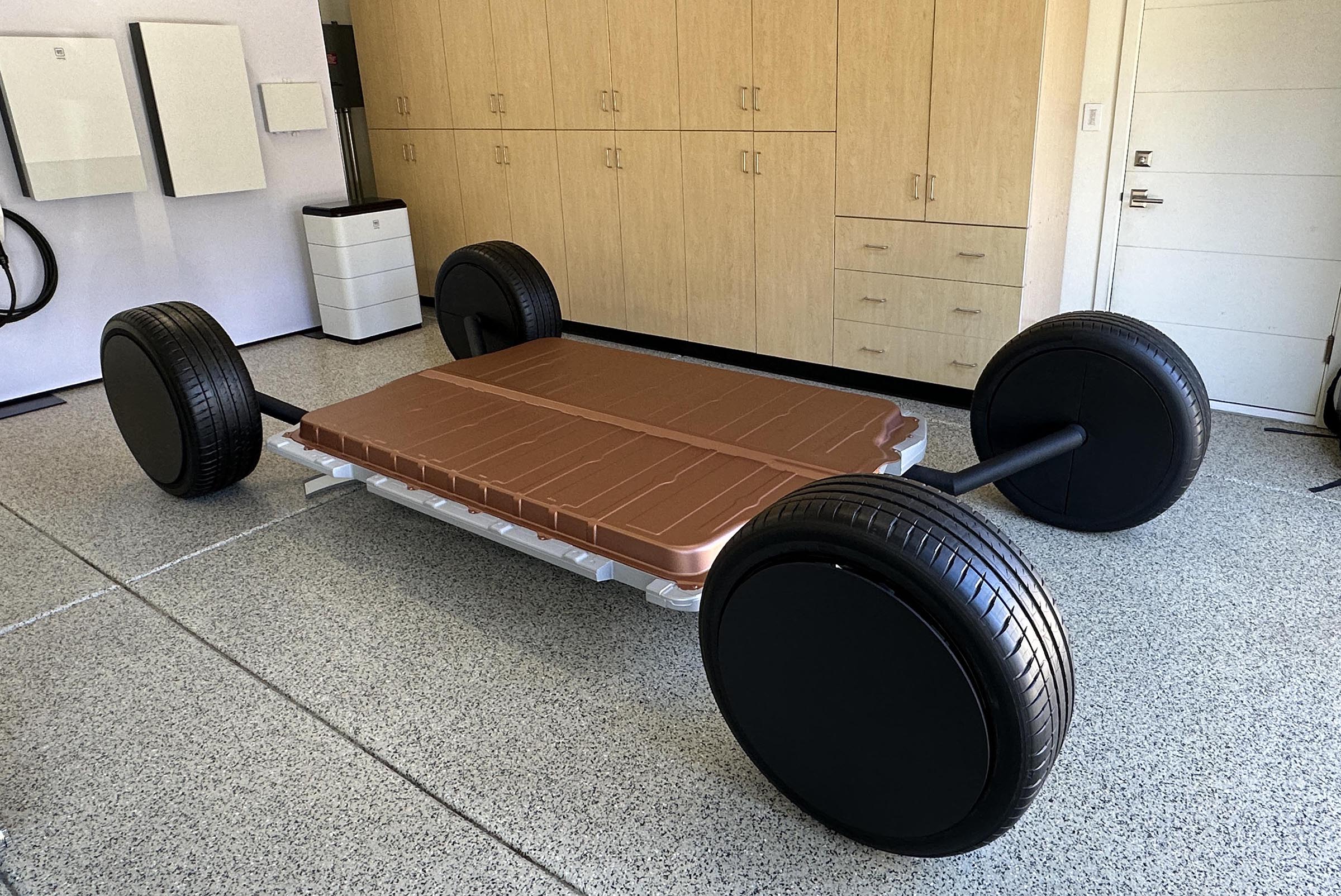
The rules are intended to force automakers to use domestically sourced batteries and minerals and build their EVs in the U.S.
EV manufacturers may offer different battery packs with varied range. Many of the products that have fallen off the tax credit list use lithium-iron-phosphate, or LFP, batteries. These tend to be cheaper than more familiar lithium-ion technology but are also cheaper. So, some EVs,, only certain trim packages now have lost their federal incentives.
That includes the likes of the Tesla Model 3 Standard-Range edition, while the Long-Range version of the sedan still qualifies. Tesla also loses tax credits on the Cybertruck All-Wheel-Drive, though a statement on the automaker’s website says, Cybertruck is likely to qualify for the federal tax credit later in 2024.”
Other products impacted by the updated rules include the Nissan Leaf and General Motors models such as the Cadillac Lyriq and Chevrolet Blazer EV – the latter model currently impacted by a stop-sale due to software issues. The only GM model still qualifying for credits is the Chevy Bolt. But production ended last month and that means availability depends on how many are still left in transit or on dealer lots.
There are no BMW, Volvo, Volkswagen or Audi models on the list at this point. And Ford’s E-Transit commercial van fell off, as well as both the all-electric Mustang Mach-E and the Lincoln Aviator Grand Touring, a plug-in hybrid. The Lincoln Corsair Grand Touring PHEV and the Ford F-150 Lightning still qualify.
Half-empty or half-full?
The news isn’t entirely bad. On the positive side, federal rules changed on January 1 to allow buyers of qualified new EVs to apply tax credits as downpayments, rather than having to wait until they file their taxes. That can translate into lower up-front costs or reduced monthly payments. That holds with used EVs, as well. But sales must be made through dealers who have first signed up with the IRS.

Ford is setting up a new battery plant in Michigan to supply vehicles like the Mach-E with LFP batteries – but it won’t go into operation until 2026.
And the updated sourcing requirements don’t impact buyers who lease, rather than buy their EVs. A loophole in the IRA means that incentives are available on a much wider range of both all-electric and plug-in hybrid models. Technically, the credits go to dealer or finance company but most are passing the incentives back to customers.
Meanwhile, buyers of commercial EVs, such as the Ford E-Transit, may qualify for separate EV incentives that, in some cases, can run as high as $40,000.
Automakers race to get back on the list
“Automakers are adjusting their supply chains to ensure buyers continue to be eligible for the new clean vehicle credit, partnering with allies and bringing jobs and investment back to the United States,” the U.S. Treasury Department said in a statement quoted by Reuters.
In separate statements, several automakers indicated their goal of complying with the guidelines, Nissan it is looking for new suppliers that will allow it to “regain tax credit eligibility for the Nissan Leaf in the future.” VW said it was similarly “optimistic” about getting back on the list.
The challenge will be to find new sources for battery pack components and raw materials for which supply chains are already strained. In some cases, automakers may have to wait for several years. Ford is setting up a new LFP plant in Marshall, Michigan, he noted, but it won’t be ready for production until 2026.
Slowing EV sales growth
Demand for battery-electric vehicles grew more than eight-fold between 2019 and 2023, from less than 1% to about 8.5% of the retail new vehicle market. But that surge flattened out during the second half of the year, EV sales now growing about the same pace as the rest of the recovering U.S. automotive market. That said, total sales for all-electric models was expected to hit 1 million for the first time ever in 2023.
EV sales growth is likely to be “choppy” in the next few years, GM Chief Financial Officer Paul Jacobsen said during a third-quarter earnings call, though he expects demand to continue rising.
The loss of incentives “is going to hurt (at least those) particular models” that fell off the list, said analyst Abuelsamid, and could hurt the entire EV segment going forward. But the impact may be modest if automakers begin emphasizing EV leases, rather than sales, he added.

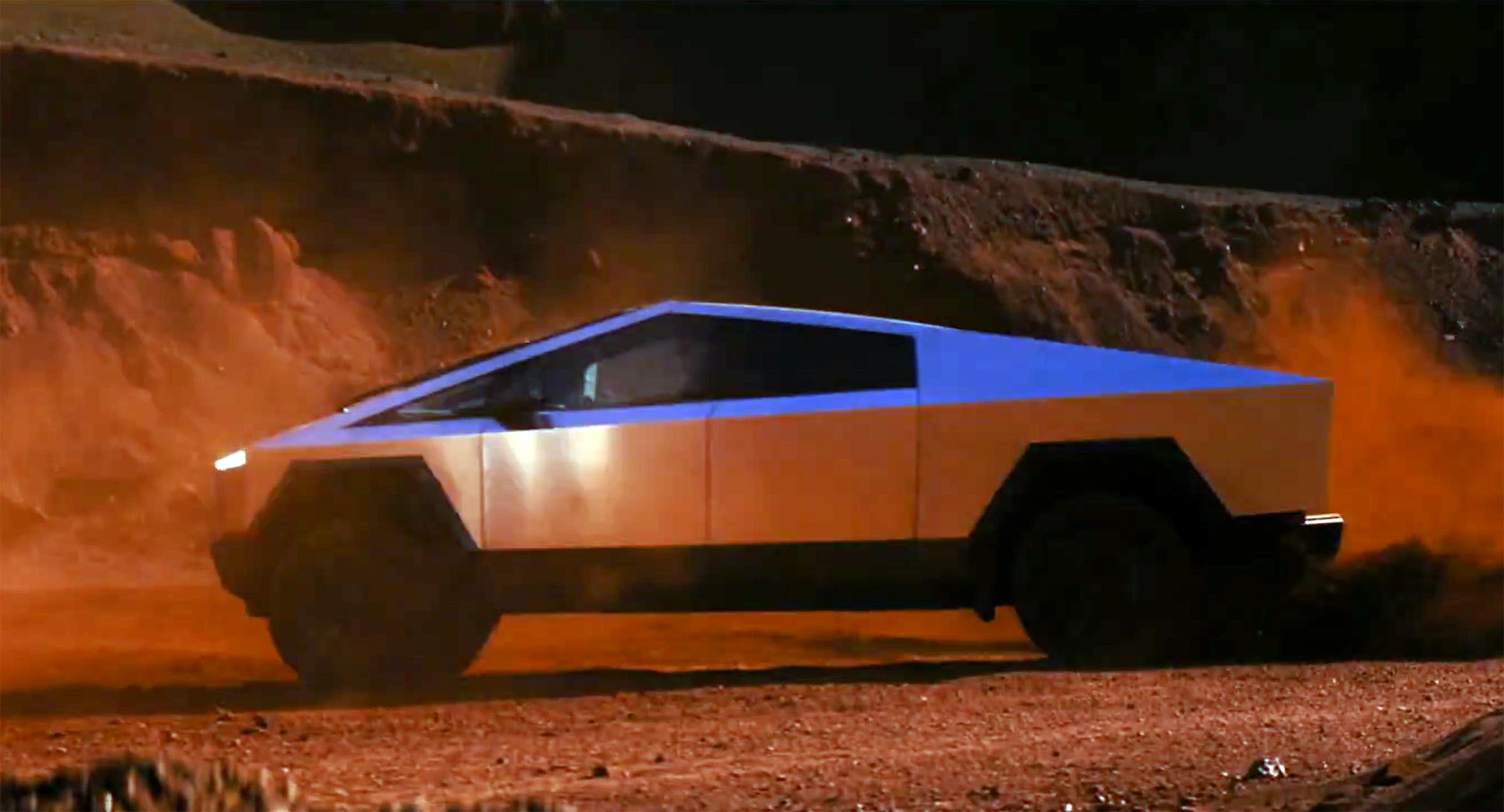


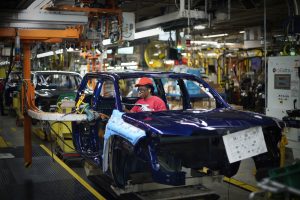
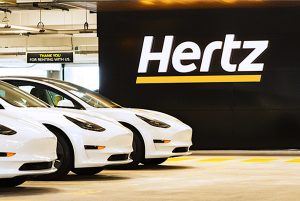
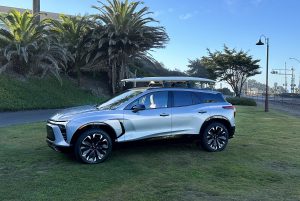


0 Comments
Trackbacks/Pingbacks